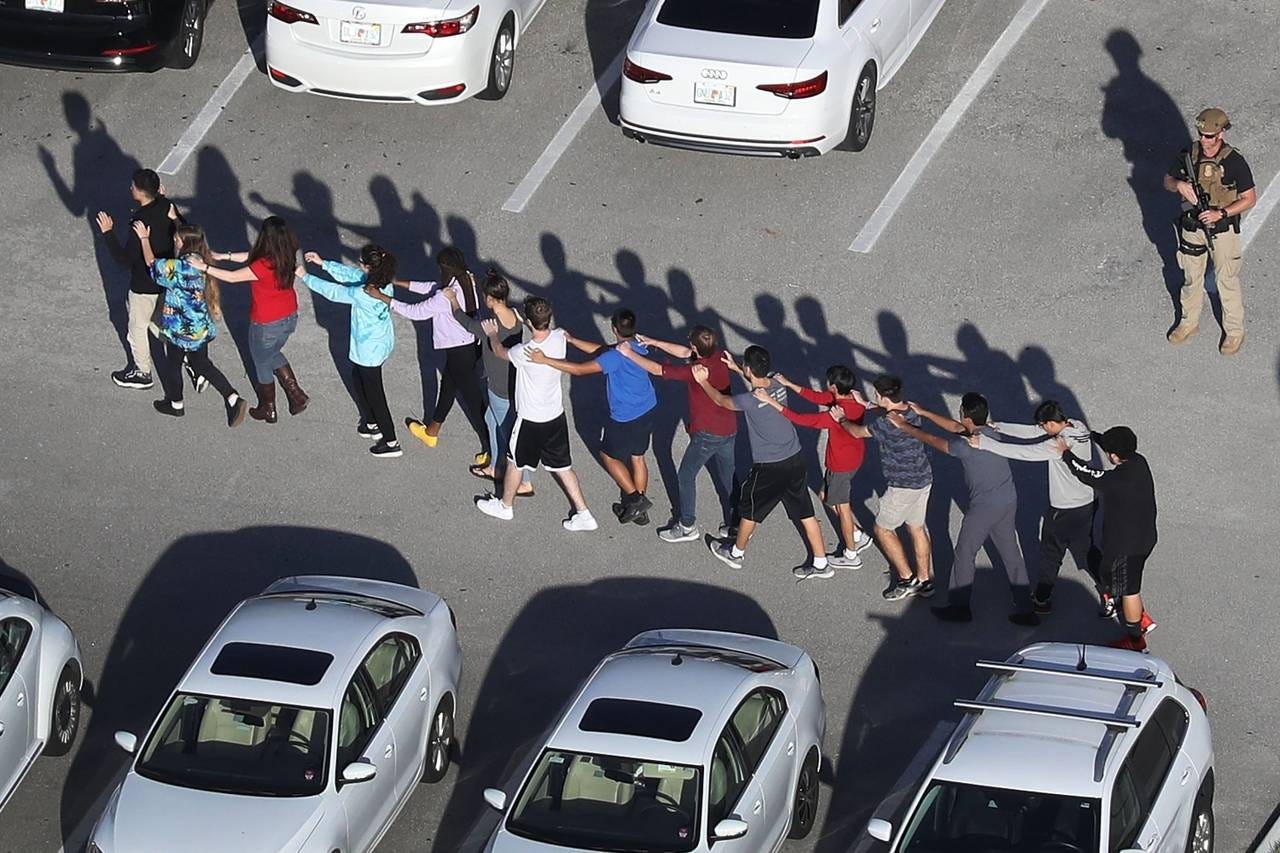In early October, I received a text message I’d hoped I’d never have to receive:
NYU Alert-Report of (Shots Fired) near 2 MetroTech Center, BK) If you are in the area: Run, Hide, or Fight. Others stay away. Help is on the way.
I can only remember one active shooter drill, which I’m pretty sure was the first one my old high school ever had. It was during Spanish class, and I mostly remember going into a corner away from the door. There wasn’t much fanfare or explanation: just stay away from the door and be quiet. I never did it again—not in college, not in grad school—meaning I was one of the last to not grow up with active shooter drills and training as a part of my school routine.
There’s a generational difference when it comes to active shooter drills. Most folks my age perhaps had one drill like I did, if any at all. In fact I only encountered real, comprehensive active shooter training because I was employed by my university during graduate school. I watched a video in which I was told to remember the following slogan. “Run, Hide, Fight.”
The phrase “Run, Hide, Fight” is meant to make the following guidance memorable: if you can, run; if can’t run, hide; if you can’t run or hide and you’re willing to do so, try to fight or disarm the shooter.
Honestly, the reason I remembered “Run, Hide, Fight,” was because it sounds like “fight or flight,” the instinct all humans have in order to protect them from enemies or predators. This drive to survive a threat is born out of evolution, but it’s also the drive that, when over-activated, results in panic attacks. So naturally, it stuck out just a little bit more in my mind.
In terms of training school faculty and staff, this makes sense: a little phrase simply meant to help folks take away vital information for the future. But in the moment when violence is happening far too close to you, getting a text that said “Run, Hide, Fight” is not exactly comforting or any kind of helpful reminder, just a reason to spiral out in fear yet again.
I was not working on campus when I received this text message. I was safely grading student writing from home, but of course I immediately started to panic. What was going on? Reading “Run, Hide, Fight” in a terse, cryptic text message wasn’t helpful—it read to me as if serious violence had already taken place. My students and colleagues were in serious immediate danger and here I was, hoping this text message was helpful to them when I myself could not be.
I began to receive terse emails from colleagues who were under lockdown as they waited for the all-clear. When I received the all clear—no one was hurt, the shooting happened outside of the building—I was relieved.
But these poor students. What a terrifying situation. I felt for them all locked down in their classroom for an extended period of time, unsure what was going on or how much danger they were truly in. Then they were likely asked to proceed on with their day as if nothing happened. Lord knows I had a hard time going back to grading their work having just received the text message alone while safe in my apartment miles away.
I won’t speak for my students and their experience of an event I wasn’t there for myself, but so many of them seemed to see the event as just another lockdown. Just another experience like a fire alarm going off—thankfully a false alarm or minor incident, but not anything to freak out over.
The “adults” of older generations see this evidence as a seismic psychological difference, and it is. I’d argue that it is perhaps one of the biggest dividers between generations: the preconceived ideas each generation has about their personal safety, danger, and vulnerability out in the world.

Not to say I told you so, but I did write about this very real fear for educators and students this summer. And to an extent, it came true (though I take no pleasure in that prediction). Let’s also not forget about what happened at UVA this week: a shooting that left three football players dead and two others wounded as of writing this. The NYT, as of writing this the morning after the shooting occurred, lists this as the third most important story after the new Italian prime minister’s ability to convey meaning through fashion. No I’m not kidding.
What happened at UVA was the worst-case scenario coming to fruition, far worse than what my students and colleagues experienced. But it’s not even news worthy of a first or second spot at the NYT.
So why am I writing about this now? Because it’s an ongoing fear, one that’s almost impossible to soothe or rationalize away completely. Without real, committed gun control reform in the United States, this will simply go on and continue to be normalized.
I’m not saying anything that you, dear reader, don’t already know. I suppose I’m writing about this now to update you in part and say: if you’re scared, it’s ok, so am I. It doesn’t stop me in my day-to-day work. It won’t keep me at home locked away forever. But if you are still looking for the exits, know that I am too. And I’m afraid that may not stop anytime soon.






